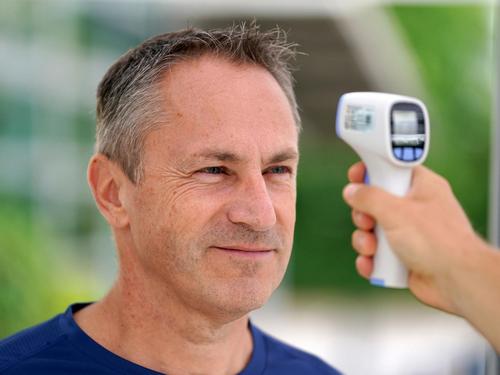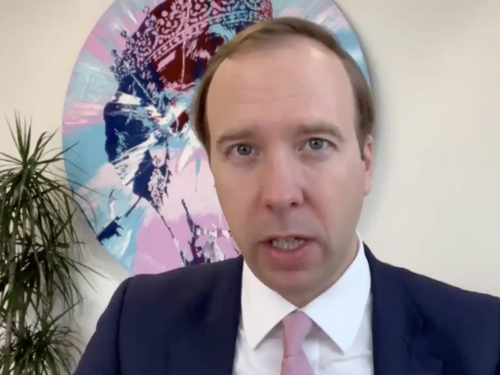The UK’s chief medical officers said the period must increase because of the risk individuals may still be able to spread the virus. In a joint statement, they said the change was needed because of the “low but real possibility of infectiousness” up to 10 days.
Experts welcomed the increased self-isolation period and said the previous seven-day requirement was “too short”.
“This change is important,” said Dr Shaun Fitzgerald, a Royal Academy of Engineering visiting professor at the University of Cambridge.
People who display coronavirus symptoms or test positive for Covid-19 must now self-isolate for 10 days, an extension from the seven days previously required.
The move, effective immediately, brings the whole of the UK in line with the World Health Organisation’s recommendation for a 10-day minimum isolation period.
“Given that there is now stronger evidence which shows a real possibility of infectiousness between seven and nine days after illness onset, 10 days’ isolation seems very sensible.”

The move brings the UK in line with other countries such as Australia, South Africa and Switzerland.
Paul Hunter, a professor in medicine at the University of East Anglia, said: “One of the big problems with determining how long people should self-isolate after developing symptoms that are consistent with Covid-19 is that PCR tests on nose and throat swabs can remain positive for several weeks after onset of symptoms.
“However, this does not mean that people will remain infectious for that period. Indeed we know that in many cases where people are PCR positive it is not possible to culture the virus from those samples and so it is reasonable to assume they are not infectious.”
He said one study, which is yet to be peer reviewed, found the median time someone was infectious was eight days after the onset of symptoms.
He added: “The WHO guidance says that for people who are clinically symptomatic then they should be isolated for at least 10 days plus at least three days without symptoms.
“So If somebody is ill then recovers after four days, the WHO say they can be released from isolation at day 10. If they are ill for three weeks, the WHO says they can be released after 21 days plus three, so 24 days. And the WHO says people who are asymptomatic but test positive can be released after 10 days unless they become symptomatic when the above applies.
“In the light of these observations the previous UK isolation period of seven days was too short and the news that UK advice has now been brought in line with WHO advice is to be welcomed.”
It comes as official analysis said England had the highest levels of excess mortality in Europe across the first half of 2020.
The analysis said by the week ending 29 May, the death rate in England was 7.55 per cent higher than the average for the previous five years.
Spain ranked second at 6.65 per cent, followed by Scotland (5.11 per cent), Belgium (3.89 per cent) and Wales (2.78 per cent).
The excess mortality measure is considered the best way to compare deaths during the crisis because it takes into account not just Covid-19 deaths but those from the indirect effects of the pandemic, such as delayed access to healthcare.
In the joint statement from the UK’s chief medical officers, Professor Chris Whitty, Dr Frank Atherton, Dr Gregor Smith and Dr Michael McBride said: “In symptomatic people, Covid-19 is most infectious just before, and for the first few days after symptoms begin. It is very important people with symptoms self-isolate and get a test, which will allow contact tracing.
“Evidence, although still limited, has strengthened and shows that people with Covid-19 who are mildly ill and are recovering have a low but real possibility of infectiousness between seven and nine days after illness onset.
“We have considered how best to target interventions to reduce risk to the general population and consider that at this point in the epidemic, with widespread and rapid testing available and considering the relaxation of other measures, it is now the correct balance of risk to extend the self-isolation period from seven to 10 days for those in the community who have symptoms or a positive test result.
“This will help provide additional protection to others in the community. This is particularly important to protect those who have been shielding and in advance of the autumn and winter when we may see increased community transmission.”



